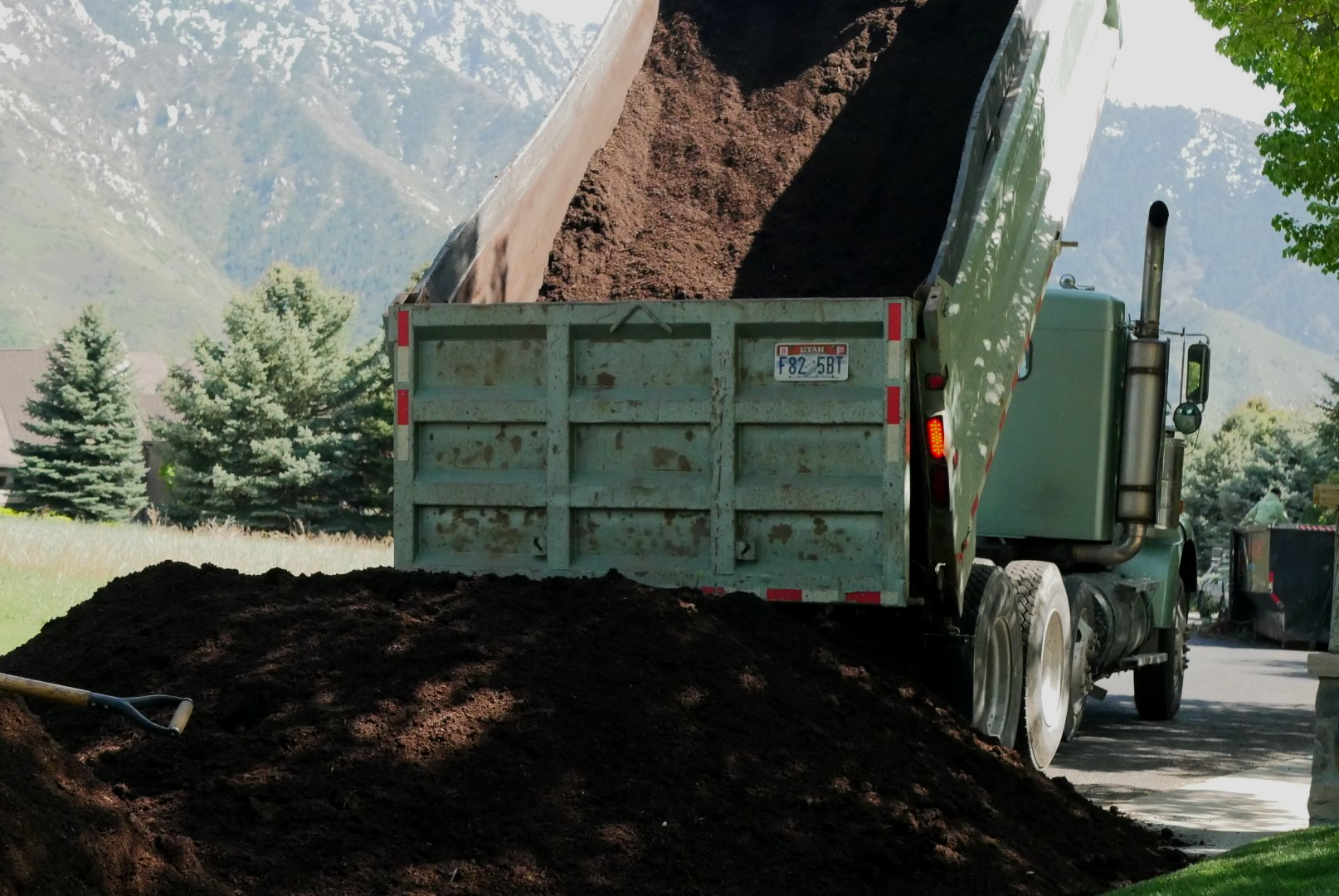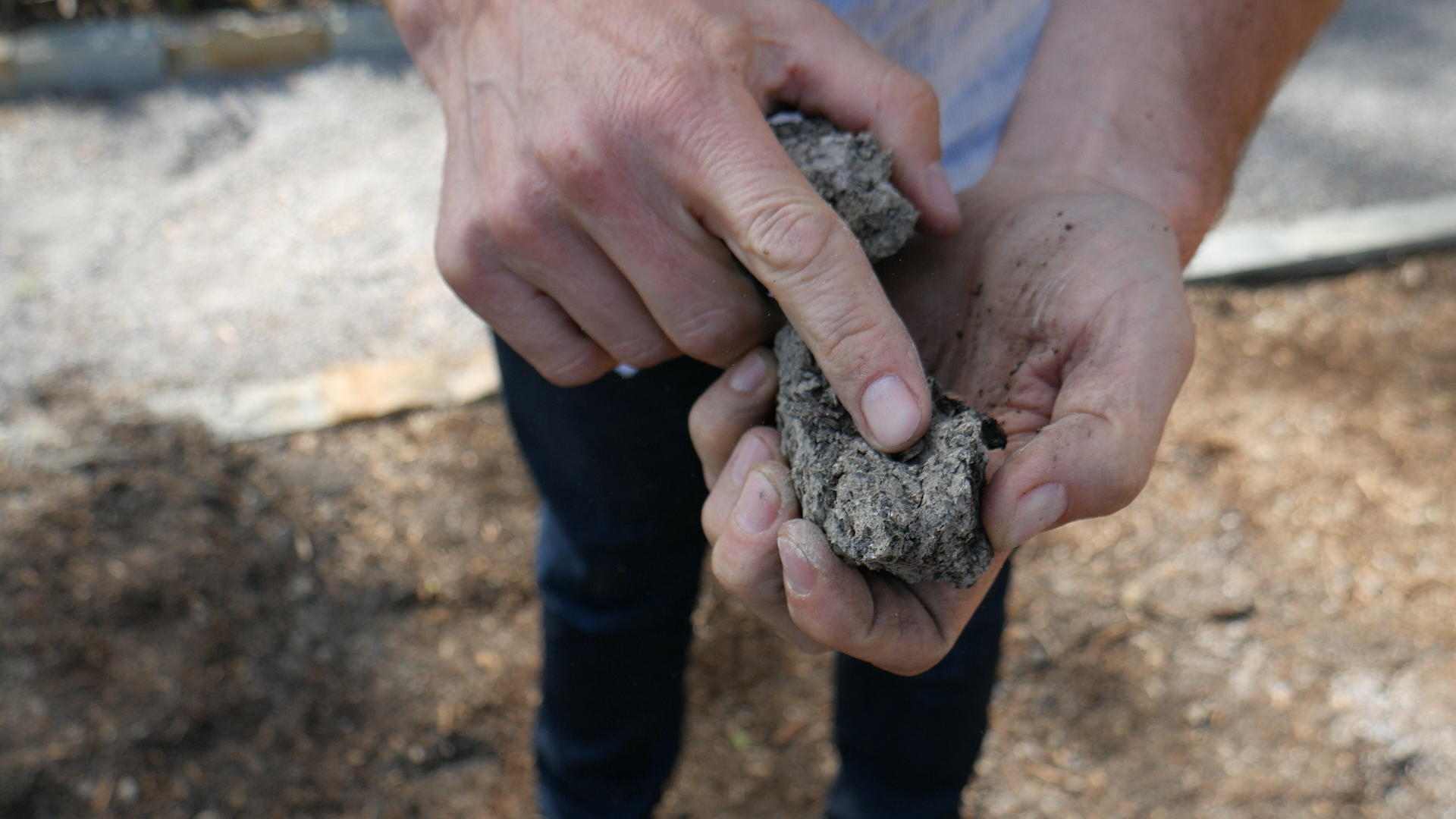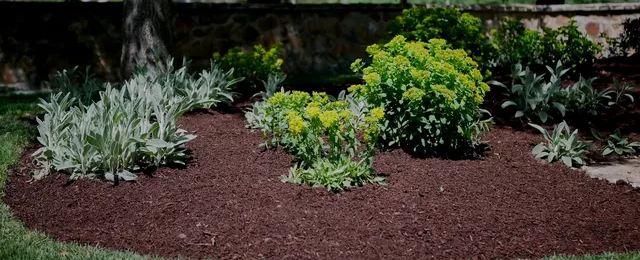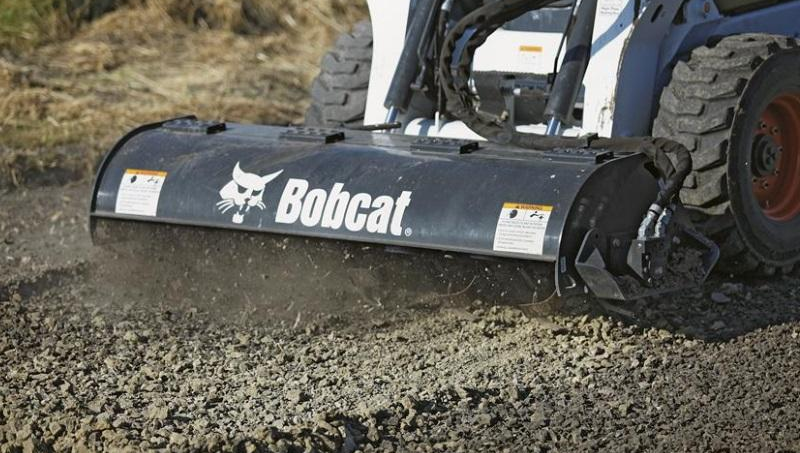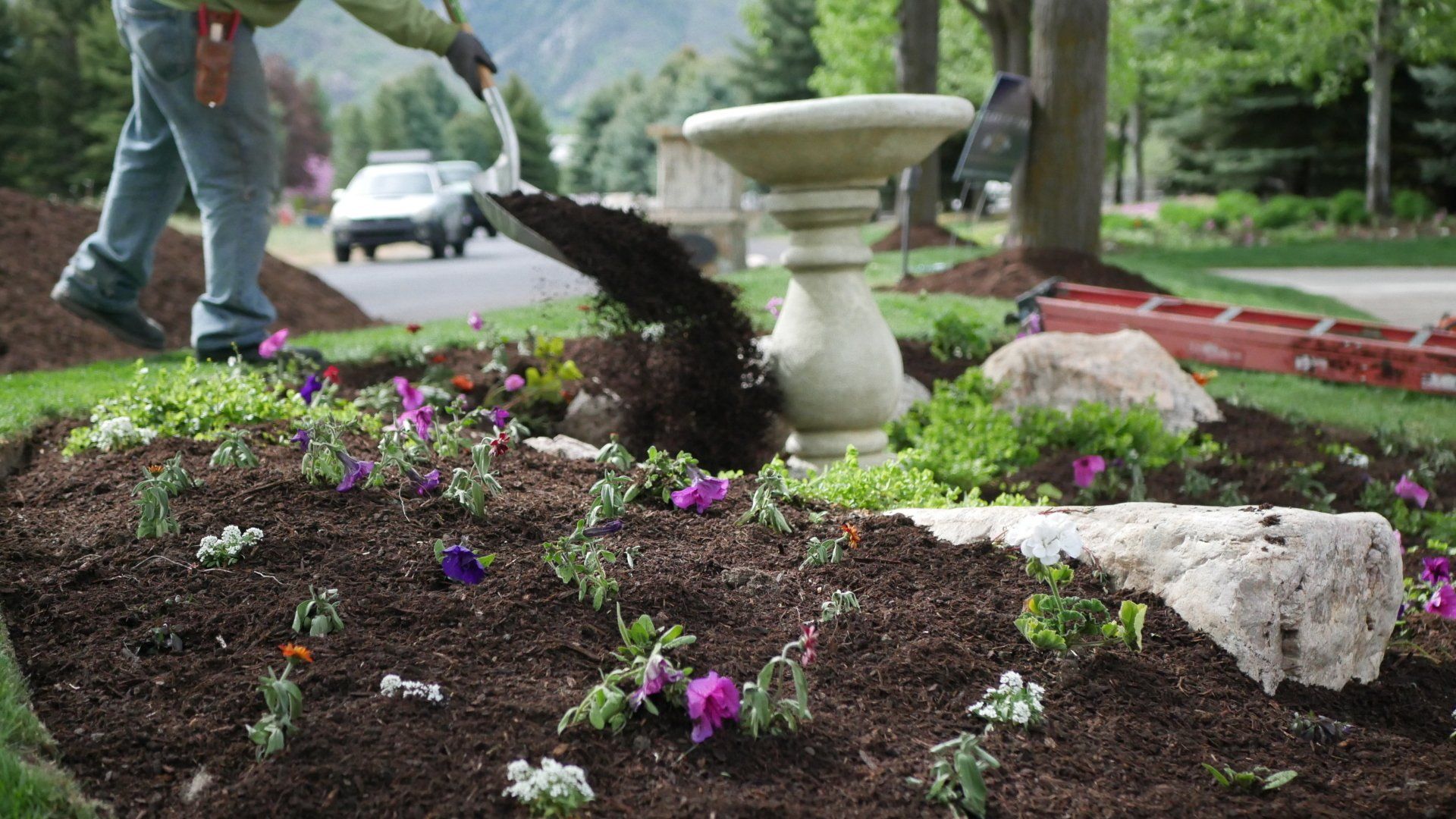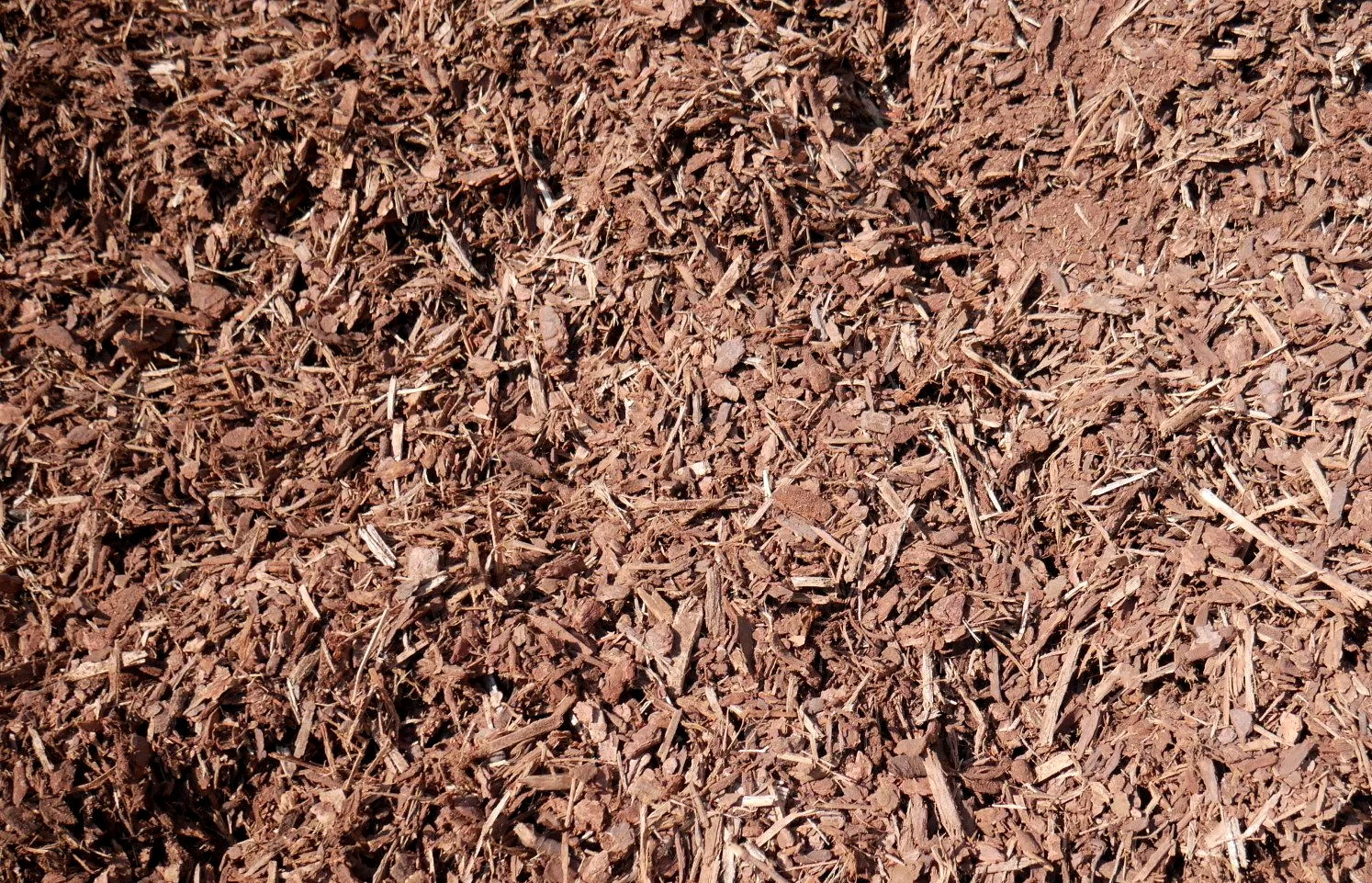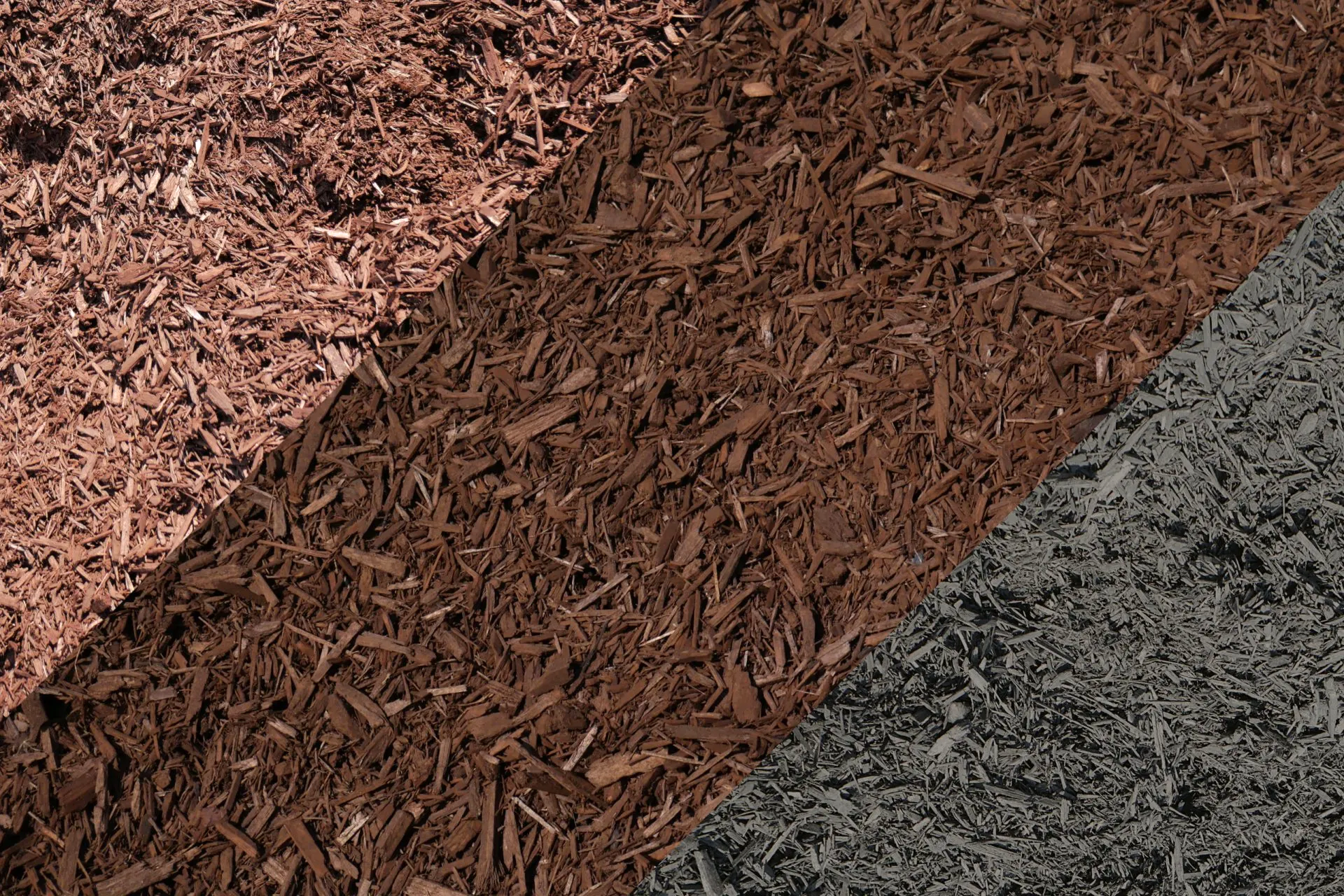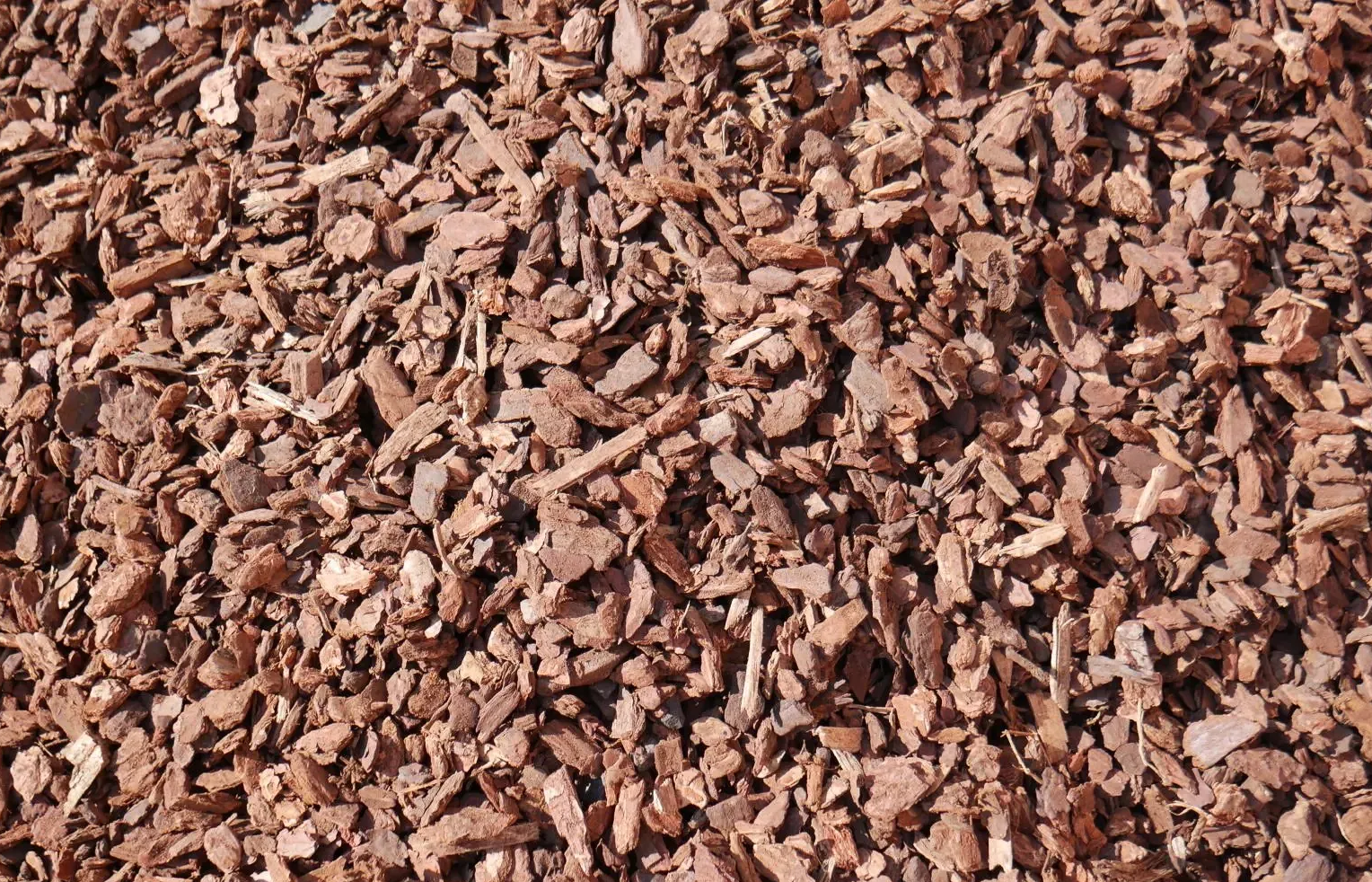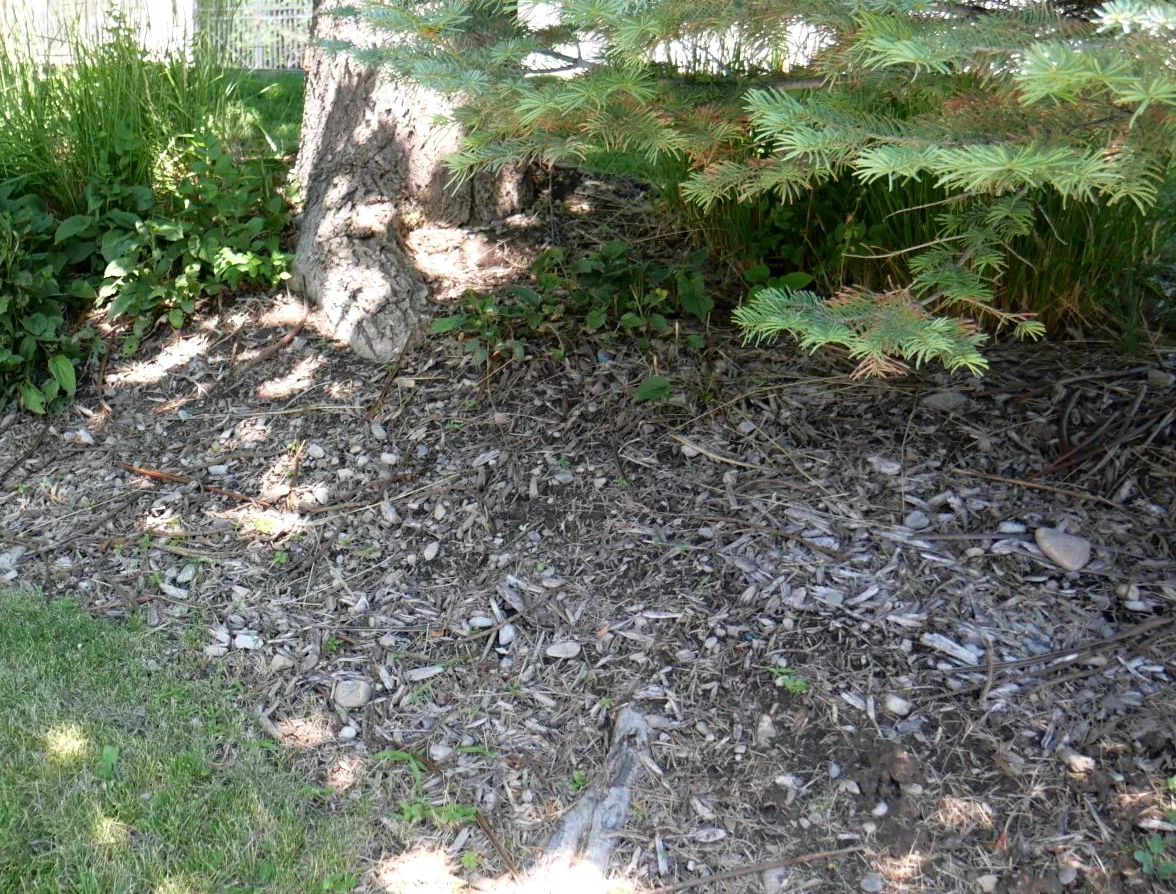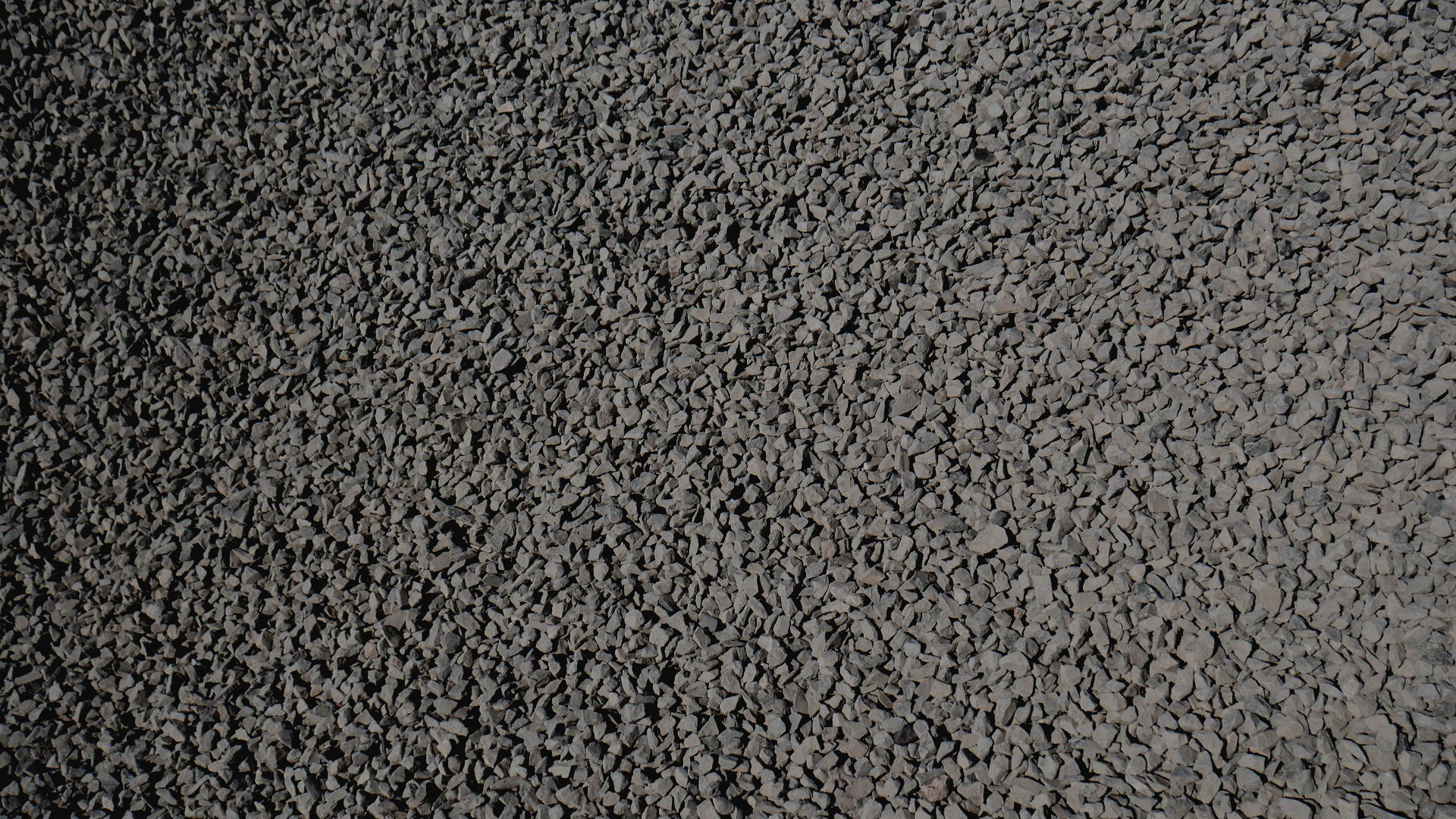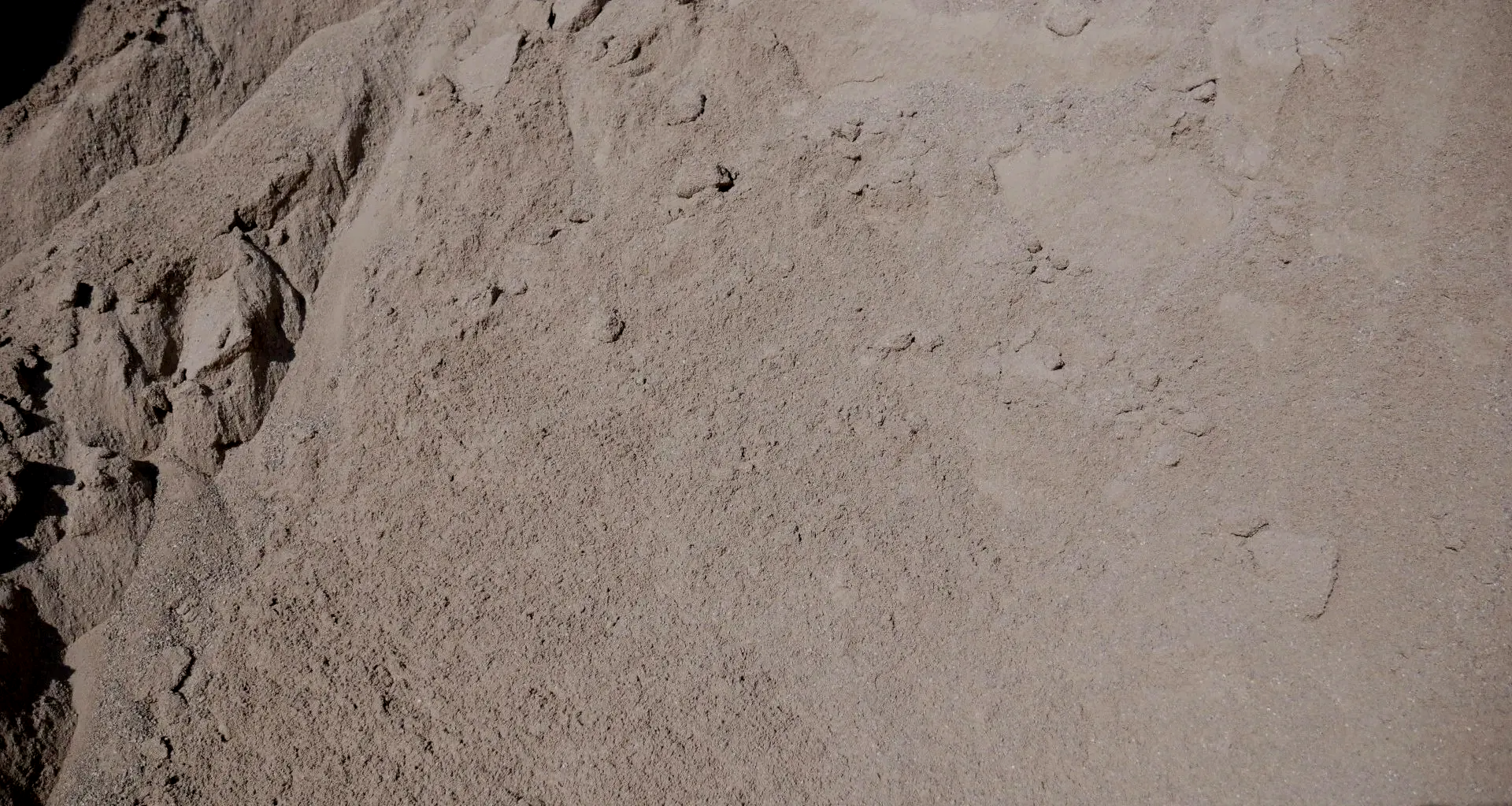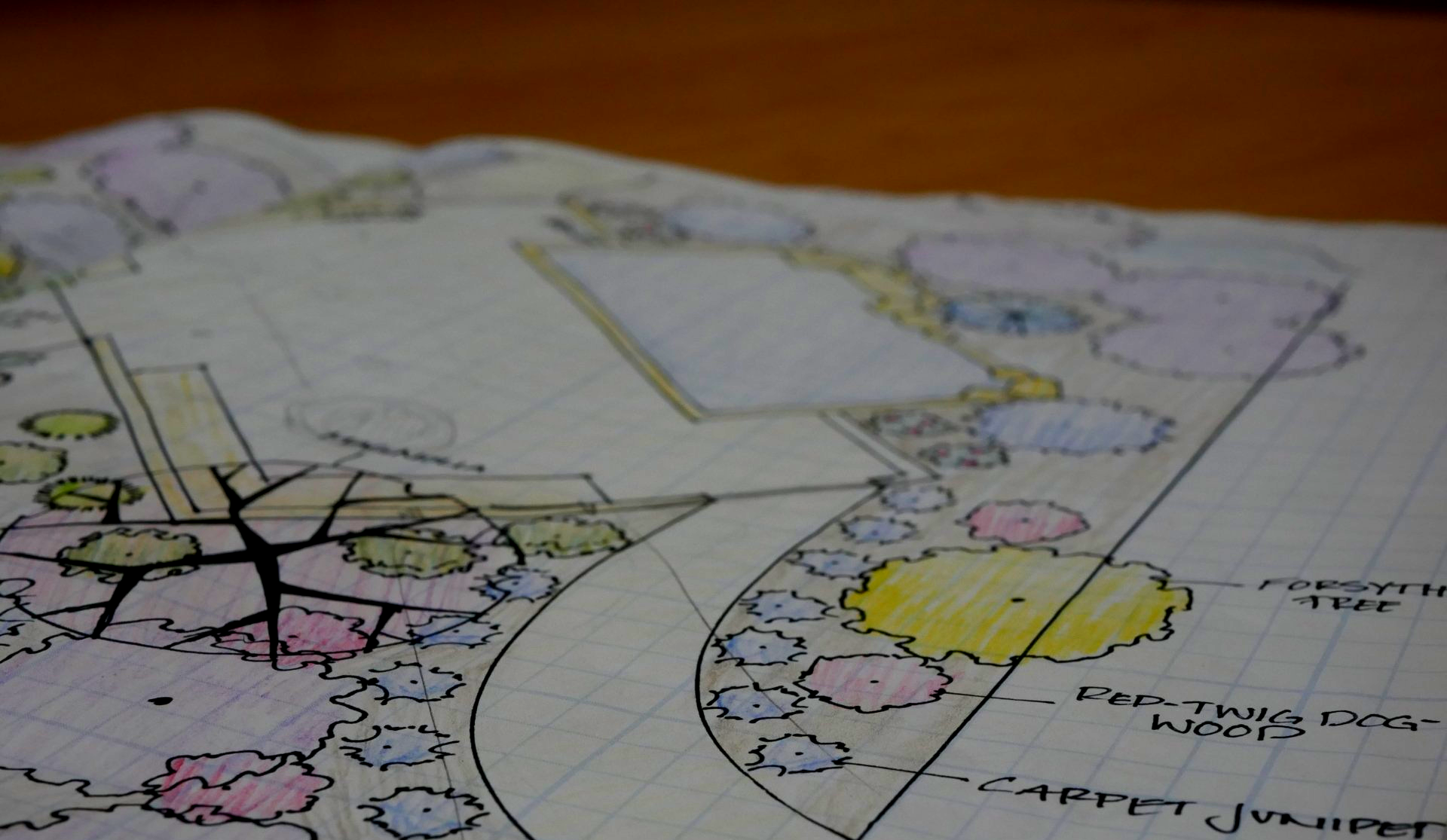Soils & Dirt...
Dirt is what holds everything together. Dirt is at the base of every house and patio, and provides the structure under hardscapes, rock walls and retaining walls.
Soil is the anchor for plants that give it support and essential nutrients. And the right soil can change the look of any yard from looking bland to looking fabulous.
Just like our bodies, if we want plants to be healthy, strong, and even flourishing, they need the right nutrients. Plants eat decaying organic material, which has been broken down over time. Farms thrive when fertilized with manure, and our gardens flourish with compost. Adding organic materials into our harsh, Utah soils makes the ultimate difference to the success of our living landscapes.
The Purpose of Soil Amendments & Mulches
∙ 4 Measures of Good Soil ∙
Look
Soil pep is our preferred soil amendment to use as a top dressing - to cover beds and planted areas. Its dark and rich color is the perfect backdrop to beautiful plants.
Plant Health
Dark soils, such as compost or soil pep, generally indicate the presence of decaying plant material - the perfect food for thriving plants.
Workability
Amended soil makes for an easier place to work. Instead of picking at hardened clay, a shovel or hand can easily dig through healthy soil.
Maintenance
Along with the great look, compost and soil pep contribute to total soil nutrition, year after year, without bleaching out or looking untidy.
From Bad to Good
Natural northern Utah soils are mostly clay. Clay is gray in color, doesn't drain water, and lacks organic material for plants to eat. Clay can feel like concrete when trying to weed or dig.
When clay is well-mixed with organic material like compost, soils become darker, prettier, nutrient-rich for plants to flourish and are much easier to work in. There are a number of good options for amendments.
Recommended Materials
When deciding on material to use in your outdoor space, there are some considerations that we recommend. First, what is the purpose of the new soil? Is it for good looks? Is it for plant nutrition? Is it to support hardscapes and structures? Below, we break down the basic uses and applications of the most common soils we add to new yards.
Soil Pep
The purpose of soil pep is two-fold: To beautify and to supply nutrition. As a top dressing, its dark and rich color looks stunning against the green of plants. It provides somewhat of a barrier to weed growth and stays dark all year. As time passes, nutrients move into the ground below, providing nutrients to plant roots for a long time. We recommend soil pep as the main top dressing because is looks better for longer and provides nutrition, unlike other common top dressings.
While compost and soil pep look similar with their dark complexion, compost is more for plant nutrition than for its looks. With extremely high doses of organic material, compost is aimed at being used for amending soils that are in need of rescue or that need additional nutrition for new plants. With each passing year, the nutrients will be washed into the ground below, feeding plants for years to come.
Top Soil
Mostly used as a filler, a good topsoil is the perfect foundation for anything to grow on. It has some nutrients, but will still absolutely need a high-nutrient amendment before anything gets planted. And because it's been sifted, it won't have any large particles or debris in it so it doesn't require further cleaning. A high-grade top soil is what we use as base for new sod.
Adding Soil Amendments
Whether starting with a new yard or improving an existing yard, the method of applying soil amendments matters. With most of the soils we work with, we use two main methods of application:
Till-In
If an entire area is being prepared for a new yard, this is the recommended process to prepare the soil: a load of soil will be delivered to the site and is then machine-tilled into the existing ground in order to mix in a nutrient-rich layer, which will be the perfect home for new plants. Whether by a hand-operated tiller, or by our skid-steer, machine tilling ensures that at least 2-4 inches of dirt is mixed with a nutrient rich material.
Top Dressing
This process is more for existing spaces that need a fresh layer of soil pep or compost added. This is typically done on a yearly basis and takes several team members to bring in the soil and spread it by hand. It takes patience and a bit of dexterity to spread an even layer around existing plants and to make everything look clean.
Bark Top Dressing
There are so many options for types of soils used in Utah yards. And while we have our favorites, we are always happy to provide whatever material suits your needs and personal tastes. Here are some other soils and dirt coverings that are common:
Shredded Bark
It's exactly what it sounds like. Shredded bark is a pretty coarse material. Nothing you would want to walk on or handle with your bare hands. It can come lightly colored, but like all barks, will become sun-bleached and will need to be removed at the end of the year.
Colored Bark
For a bit more variety and visual interest, colored bark has a similar consistency to shredded bark, but comes with a little more attitude. Common colors are black, red, and orange. Remember, these colors will fade in the sun and the bark will either need to be removed or covered to keep things looking nice, year after year.
Bark Nuggets
These nuggets are much larger chunks of mulch. The smaller chunks are about as big around as your finger. They have a coarser look and a heavier texture on the ground. Again, this material is not for walking over or being handled too much. And whatever color it has will fade in the sun, requiring it to be removed or covered to continue looking nice.
A Word of Caution
Bark is a great-looking top dressing for many outdoor areas, but we feel a duty to give you all the information and our recommendation. After some time, bark will bleach in the sun and will get blown around by the wind. Even within a year of putting it down, bark top dressings can look very untidy and bland. When it gets to this state, it needs to be removed and a new top dressing will need to be applied.
Once the bark gets blown out of its intended area, weeds will work their way through, making things worse. For these reasons, we don't recommend bark for most applications. But we will happily provide it if that's your preference.
